
The Swarm Conference Rooms By Markethive Offer Privacy, Security, Autonomy

Markethive is dedicated to realizing its multifaceted Divine vision. A key component of this effort is safeguarding our fundamental rights to free expression, especially in a global landscape of digital media, independent journalism, and social networking, which includes business marketing and advertising. This environment is facing unprecedented and irrational censorship from authoritarian regimes that have been profoundly affected by the so-called ‘woke mind virus.’
Entrepreneurs Defying Authoritarianism
In a time when entrepreneurship is threatened by a collectivistic ideology of the 1% that is infiltrating governments at the highest levels, some entrepreneurs are taking a stand and speaking out. This authoritarian overreach endangers entrepreneurship around the world. Two prominent examples are Pavel Durov, the founder and CEO of Telegram, and Elon Musk, the owner of X. Both have been vocal about free speech and privacy online. However, their outspokenness has come at a considerable cost. Both Durov and Musk have found themselves the targets of intense criticism, regulatory pressure, and even threats to their safety and the viability of their businesses.
Elon Musk has openly supported Pavel Durov and Telegram after Durov's arrest in France due to Musk's strong belief in free speech. Both platforms and their users face existential threats, yet courageous entrepreneurial leaders like Durov and Musk remain dedicated to fighting against oppressive rule. Their unwavering commitment to delivering the truth, particularly in these challenging times, offers hope for protecting free speech and privacy online in an era of growing censorship.
Truth Amidst Tyranny: Unyielding Defiance
Elon Musk stands as a prominent figure in the face of escalating authoritarianism and the insidious spread of disinformation. Yet, he is not alone in his resolute efforts to combat tyranny. Many individuals and organizations are uniting with him in this critical crusade. Markethive proudly and unequivocally affirms its unwavering commitment to resisting the oppressive grasp of global authoritarians, the stifling ideologies of communist regimes, and the manipulative power plays of the elite who seek to impose a new world order upon the worldwide populace.
The Markethive team is steadfastly dedicated to creating a global network that transcends the boundaries of every nation and region, forming a vast, decentralized ecosystem. This ecosystem will comprise a diverse array of interconnected cloud systems, all underpinned by a robust blockchain foundation, a cryptocurrency-powered infrastructure, and a highly resilient database engineered to accommodate hundreds of millions of users and securely store terabytes of content. This system will be virtually impenetrable and unstoppable, fortified against cyber-attacks and data breaches, and meticulously designed to ensure our community's data's utmost integrity and security.
Markethive serves as a guiding light in an increasingly intricate and unpredictable global landscape. Its distinctive blend of features and capabilities equips individuals with the tools and knowledge necessary to navigate the complexities of the modern world. By fostering an environment that encourages the open exchange of truthful and accurate information, Markethive empowers its users to confidently take control of their financial destinies and pursue entrepreneurial endeavors.
Furthermore, Markethive catalyzes positive change by promoting the values of freedom and truth globally. Through its unwavering commitment to these principles, Markethive is helping to create a world where individuals are free to pursue their dreams and aspirations without fear of censorship or repression.

The Swarm Conference Rooms V.1
The Swarm, Markethive's innovative conference room solution, represents a significant step towards unrestricted communication and collaboration. These advanced virtual meeting spaces, securely hosted on Markethive's servers, are designed to protect users and their interactions from the encroaching influence of oppressive forces that aim to control the narrative by suppressing critical thought and dissent.
These forces, driven by self-serving agendas, actively manipulate social media and broadcasting platforms to prevent disseminating information they deem harmful – often truths that expose their corruption and malfeasance. The Swarm is a bulwark against such censorship, providing a secure haven where ideas can be freely exchanged and explored without fear of reprisal.
Dedicated Conference Rooms For All Markethive Members
Markethive provides all its users, free and subscription-based members, access to virtual conference room facilities. These rooms are seamlessly integrated into the Markethive platform and can be conveniently accessed from your profile page and dashboard.
The Swarm conference rooms, also known as Hive Swarm, are designed to provide members with virtual spaces to connect, collaborate on projects, and engage in real-time discussions. These spaces foster a sense of community and provide ample networking opportunities within the Markethive ecosystem.
The Swarm rooms' versatility allows for many use cases. For instance, members can leverage these rooms to host virtual meetings, conduct webinars or workshops, or even organize casual meetups with fellow members. The real-time communication features, such as audio and video conferencing, chat functionality, and screen sharing, enable dynamic and interactive sessions.
Seating Capacity Upgrades
The upcoming system version upgrades will introduce a tiered subscription model, offering users a range of options with varying seat capacities to enhance flexibility and collaboration. This new structure provides greater control over access and features.
- The Free membership will include a base capacity of five seats, allowing for a small team or individual use.
- The Premium Upgrade will significantly expand the seating capacity to fifty seats, catering to larger teams and businesses with more extensive collaboration needs.
- The Entrepreneur One Upgrade will offer the highest standard seat capacity at one hundred seats, designed for large organizations or those with extensive networks requiring substantial collaboration capabilities.
Additionally, users will have the option to purchase further upgrades beyond the initial seat capacity provided by their chosen subscription level. This will allow for even greater scalability and customization, ensuring that the system can adapt to the specific needs and growth of each user's team or organization.
Conference Room Tools and Functionalities
The Swarm conference rooms utilize advanced WebRTC technology to ensure seamless and collaborative functionality across diverse servers and browsers. This compatibility allows participants to join and engage effortlessly, regardless of their preferred browser.
In these rooms, a set of integrated tools boosts productivity and engagement. A shared calendar streamlines scheduling and coordination, while a digital whiteboard supports real-time brainstorming and visualization. Moreover, the website-sharing feature provides instant access and collaborative browsing of online resources.
As the room moderator, you have intuitive control over various features, simplifying the management of meetings and presentations. You can toggle participant cameras and microphones on or off with a click, ensuring clear communication while minimizing distractions. The screen-sharing functionality offers flexibility, allowing you to share your entire screen or a specific window, depending on the content you want to highlight.
The recording feature lets you capture valuable discussions and presentations for future reference or distribution. The integrated chat function supports real-time text-based communication, while polls allow you to gather instant participant feedback and insights. Additionally, the view-toggling option lets you customize the display layout, enhancing the visual experience for everyone involved.
Overall, the Swarm conference rooms offer a comprehensive and user-friendly environment for online collaboration, featuring various tools that empower moderators and participants.

In today's challenging digital landscape, larger organizations, including churches, often struggle to maintain a strong and effective online presence. Markethive's Hive Swarm emerges as a comprehensive solution to address these pain points.
A core component of the Swarm's effectiveness lies in its robust multi-camera management capabilities. This feature allows for seamless control and coordination of multiple camera feeds, enabling organizations to produce high-quality, engaging live streams and video content. By simplifying the complexities of multi-camera production, the Swarm empowers churches and other large organizations to elevate their online presence and connect with their audiences in a more impactful and professional manner.
Organizations can easily manage and switch between multiple camera feeds via an intuitive control panel with the Swarm. This enables smooth transitions between screens, highlighting remote locations, presenters, guests, members, and live video streams, resulting in a dynamic and engaging online experience.
Furthermore, the Swarm extends its reach beyond its platform by providing a versatile meeting invitation widget. This widget can be easily shared on popular external platforms such as YouTube, Vimeo, and various social media channels, broadening the audience and enhancing the accessibility of the content. Additionally, the widget can be directly embedded into websites, ensuring a seamless viewing experience for visitors.
In essence,the Swarm enables larger organizations to create a commanding online presence, facilitates seamless multi-camera management, and expands content reach through versatile sharing and embedding options.
Room Entry and Profile Settings
When you click the widget to join the conference room, a notification window will appear if the meeting has not started. This window will provide you with pertinent information, including the scheduled start time of the meeting and a countdown timer, allowing you to track the remaining time until the meeting commences.
Once you have joined the room, the window will indicate that you have been paired with the member who invited you and display their username (e.g., Tom Smith—About). The presenter will also be notified that Tom Smith is a guest of About.
You can customize your profile image by going into settings via the three-dot icon in the tool tray at the bottom of your screen and then clicking on Profile in the menu. A window will then appear, asking you to enter your Gravatar email. If you have a Gravatar account, your selected email will be linked to your previously chosen profile image. Once entered, your photo will appear, as illustrated in the image below. The settings menu has many other features that allow you to customize the different aspects of your meeting room.
Those who don’t have a Gravatar account can set one up here. https://gravatar.com/. It is a free service.

Regarding the weekly Markethive Sunday Conference, the link to the meeting will only be accessible through the Markethive platform displayed in the calendar. This policy ensures that participants' real names will be shown instead of anonymous aliases. This serves as a security measure to prevent unauthorized individuals from attending and possibly hijacking the meeting, which is a necessary precaution in today's digital landscape.
Markethive’s Commitment To The Community
Markethive is deeply committed to cultivating a vibrant and engaged community. A key aspect of this commitment is the provision of Swarm conference rooms, virtual spaces designed to enhance connection, learning, and collaborative growth among members. These digital hubs are crucial for fostering interaction and knowledge exchange within the platform's diverse user base. By enabling users to network, share ideas, and engage in collaborative projects, the Hive Swarm conference rooms create fertile ground for innovation and mutual support.
Furthermore, Markethive places a paramount emphasis on user privacy and data security. These virtual spaces ensure that users can express themselves openly and engage in discussions without fearing that their personal information may be compromised. This commitment to privacy fosters trust and promotes open communication within the community.
Our Commitment To The Bastions Of Free Speech and Privacy
Online platforms such as Markethive, Telegram, and X have emerged as bastions of free expression in an increasingly censored digital landscape. These platforms have shown remarkable resilience and courage in the face of adversity, refusing to succumb to oppressive forces that seek to stifle dissent and control the flow of information. As the struggle for online freedom continues, we must acknowledge the invaluable role these platforms play in safeguarding our fundamental rights to free speech and data privacy.
We must actively support and defend those who dare to challenge censorship and authoritarianism, as they are the vanguards of a free and open internet. By standing with these platforms and advocating for policies that protect online freedom, we can ensure that the internet remains a space where diverse voices are heard and individuals can exercise their right to communicate freely without fear of reprisal.
The fight for online freedom is not merely a technological or legal issue; it is a struggle for the very essence of the internet. It is a battle to determine whether the internet will remain a democratizing force that empowers individuals or devolve into a tool of oppression and control. By supporting platforms that champion free expression and data privacy, we can help shape the future of the internet and ensure it continues to be a force for good in the world.







.png)

.png)
.png)



%20copy(1).png)
.png)


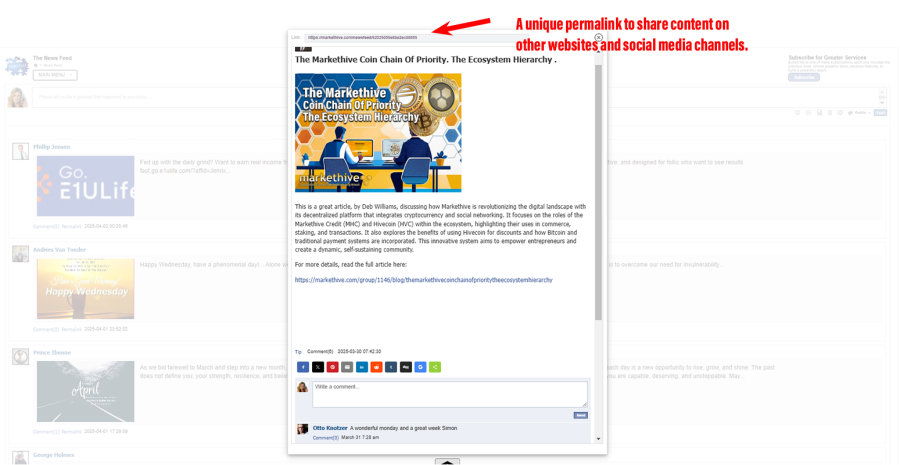
.png)
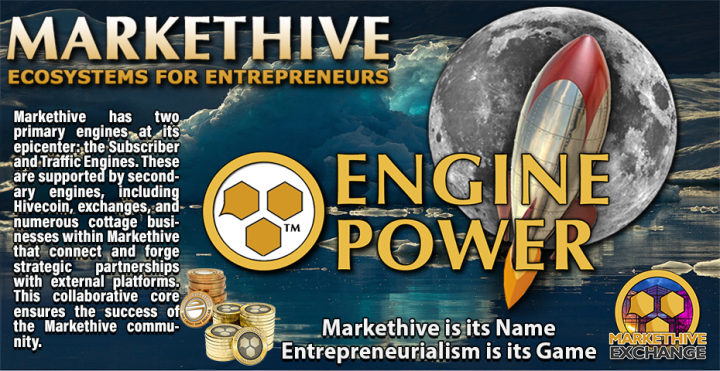



.png)
.png)
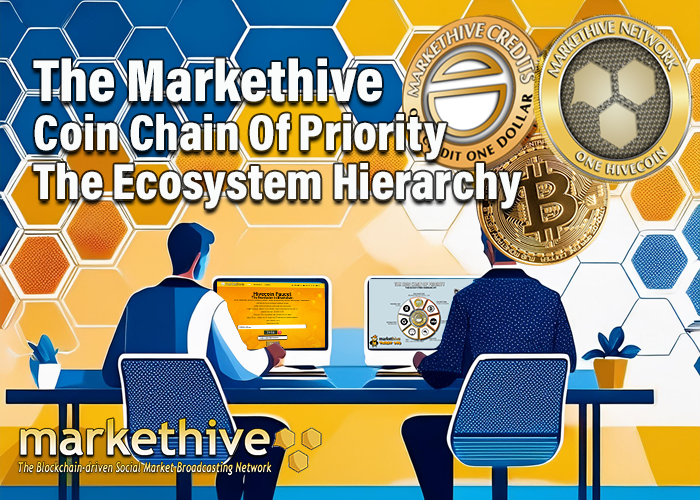


.png)
.png)

.png)
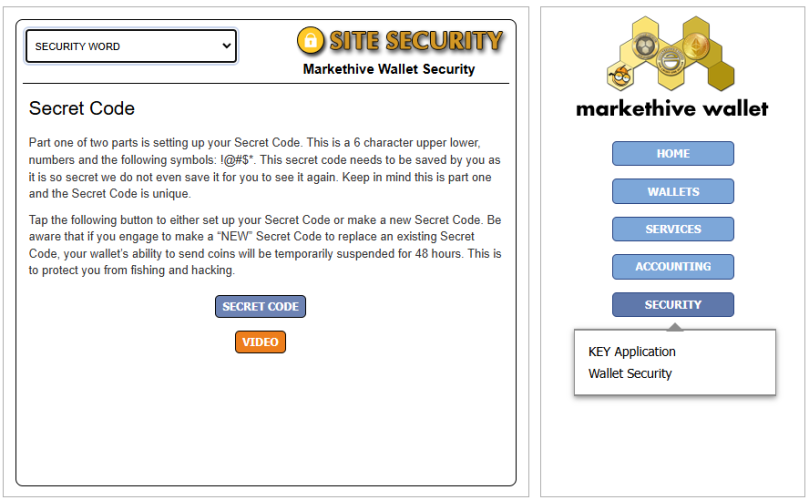



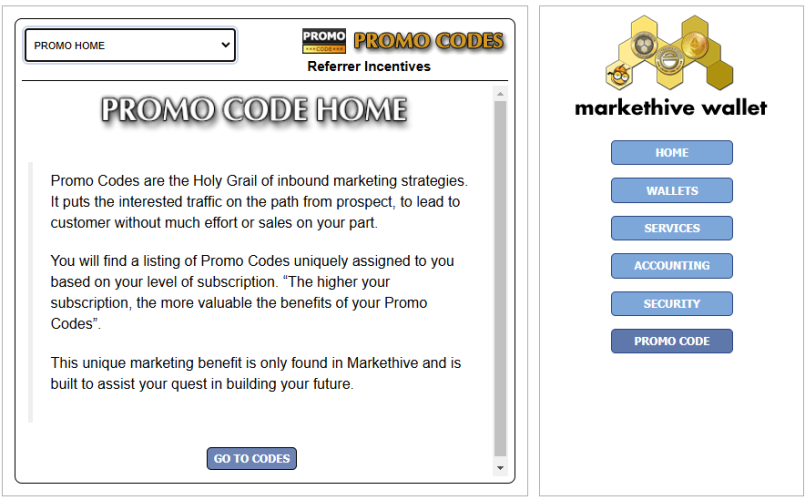
.png)
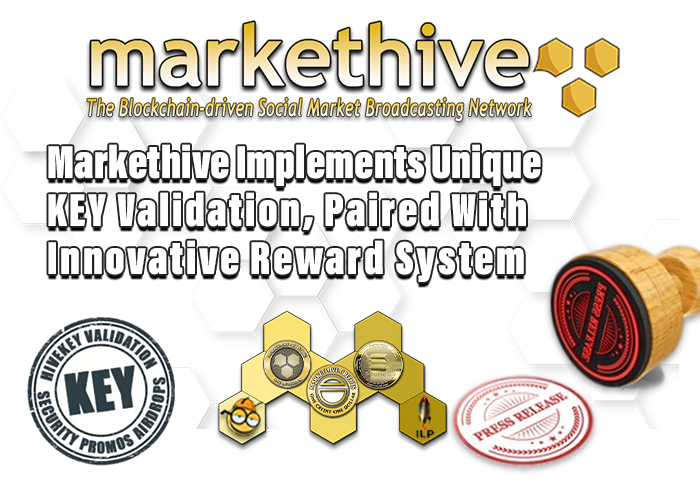

.png)
%20copy.png)


.png)






.png)